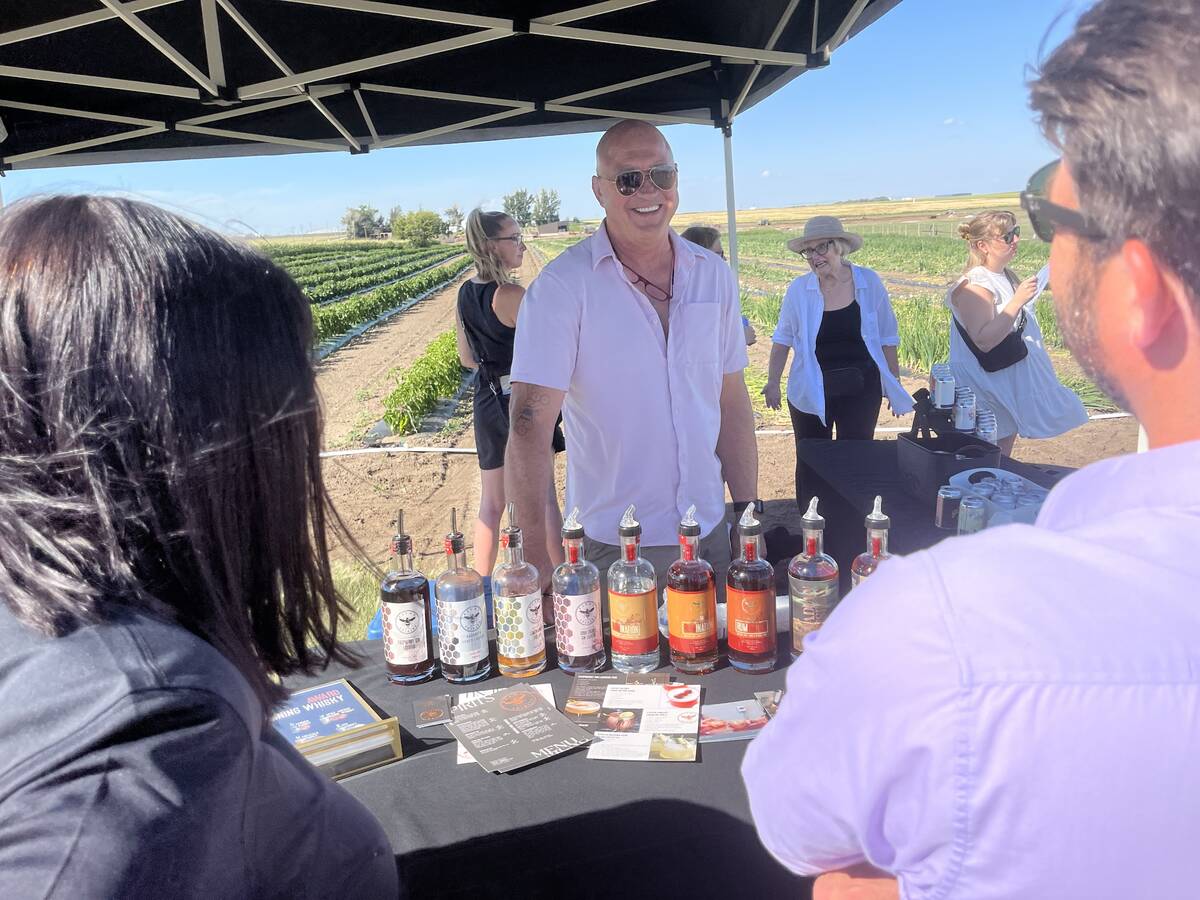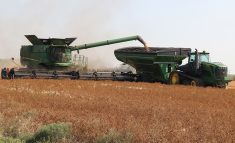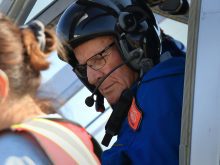BEECHY, Sask. – Ted Perrin comes by range management honestly.
“I was the first baby raised on the Matador,” said the 68-year-old farmer from Beechy, Sask.
The Matador Community Pasture was one of the first in Canada and a model for those that followed.
It is where Perrin learned about grassland management from his father who managed the ranch, his uncle who was a foreman there and from countless other employees.
He recalls spending some of his formative years with a biologist who worked at the ranch, learning about the different native plants populating the range. He was so inspired by the lessons he started collecting wild plants as a hobby.
Read Also

From farmer to award-winning distiller
Pivot Spirits showcases transition from farmer to distiller with provincial award-winning results in Alberta for Lars Hirch
Many years later he is being recognized for the skills he developed on the Matador and transferred to his 12,775 acre Castleland Ranch located on the northwestern shore of Lake Diefenbaker, just south of Beechy.
In February, Ted and his wife Olive received the Outstanding Achievement Award for Stewardship from the Society for Range Management.
That award comes on the heels of others like the Saskatchewan Environmental Stewardship Award, the Canadian Environmental Stewardship Award and the Prince Philip Heritage Award.
The recent accolades are recognition for practising rotational grazing on native range, but a lot of what the Perrins are doing at Castleland Ranch is nothing new. They are lessons passed down by people like his uncle Pete, who started the ranch.
“The old-time rancher used to say ‘take half and leave half,’ ” said Perrin.
Over the years rotational grazing has become more of a science but the basic premise is still the same. Perrin recalled a quote from another former mentor that sums it up.
“Grass is like money and rain. It takes some to get some,” he said.
Conservation is one of the guiding principles on Castleland Ranch, a cow-calf operation owned and managed by the Perrins and their daughter and son-in-law Pam and Neil Danroth.
The ranch runs 320 cows in the summer and 450 head in the winter. The animals, mostly red Angus crosses, usually graze nine months of the year and are on feed for three.
But even during the winter months when they are on a diet of barley or lentil screenings, the animals will supplement their grain intake with whatever they can rummage from the nearby pasture.
“We never lock our cattle up in a corral. They still run in a pasture. Our cattle will walk from two to four miles a day,” said Perrin.
Only 900 of the 12,775 acres are seeded to crops like lentils, durum and barley and another 250 acres to tame grass. The rest is native prairie.
The ranch used to be twice as big but in 1990 Perrin and his partners split the operation in half. The other half, Perrin Ranching 1990 Ltd., is owned and managed by another daughter and son-in-law, Shannon and Reg Shellenberg.
The couple has three more daughters in addition to the two who farm with them.
When Olive looks out her kitchen window at the rolling hills of their winter range, or out her living room window at the ice that is slowly breaking up on Lake Diefenbaker, she can’t imagine straying from their natural, environmentally friendly approach to ranching.
“It’s land that you want to protect,” she said.
“I’m very lucky because I’m exactly where I want to be. I think I live in the best part of the world.”
She said life in the valley is refreshing. In addition to the breathtaking scenery there is plenty of wildlife, including some unusual sightings of moose, elk, wild pigs and even a cougar that Olive recently encountered on a trip into Beechy.
“I like to be able to ride out and be where it is natural. No man has disturbed, maybe no man has stepped, where I went,” said Olive.
Ted shares her enthusiasm for the natural splendor of their property, its vast expanse of more than 100 native grasses and the property’s rich history, which includes a physical relationship to the Matador Community Pasture where he honed his grassland management.
Among the more than 100 kilometres of fence on Castleland is a stretch in the winter pasture that was the east side of the old Matador Ranch.
“There is 20 or 30 original posts still standing that were hauled here with bull teams,” he said.
“Those posts and the wire that is on them are over 100 years old now.”
In doing some research about the Matador for a speech he is working on, Perrin recently stumbled across a cheque stub for those original posts. The bull-whacker who freighted the posts all the way from Swift Current was paid $45 for a nine-tonne load.
Perrin is filled with admiration for guys like that.
He likes the old way of doing things.















